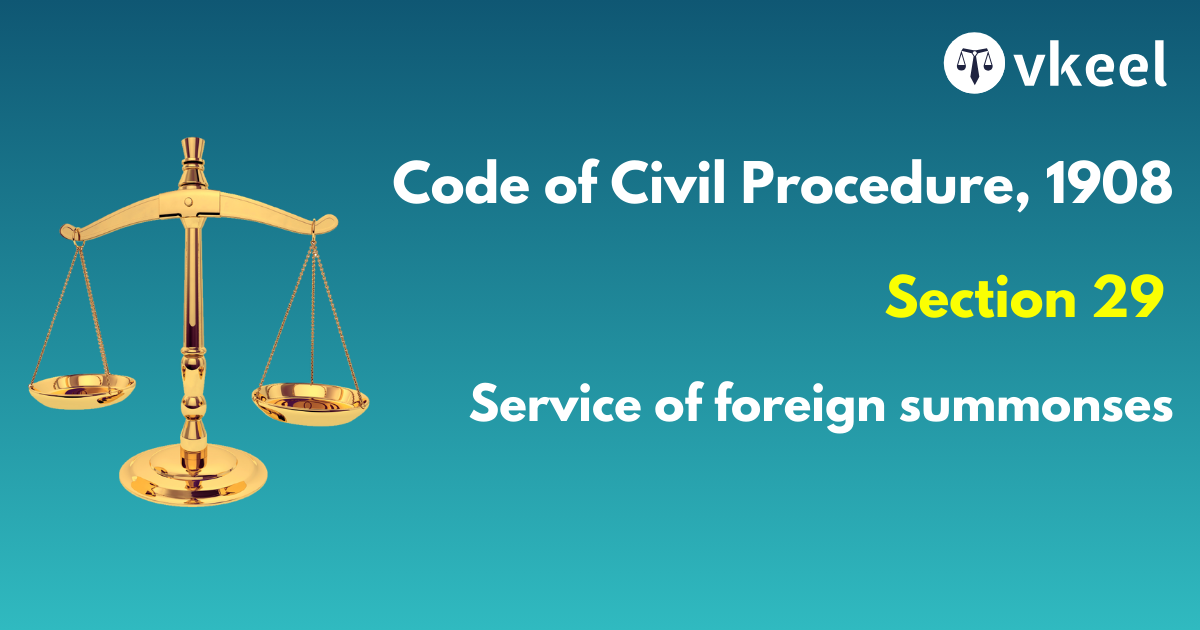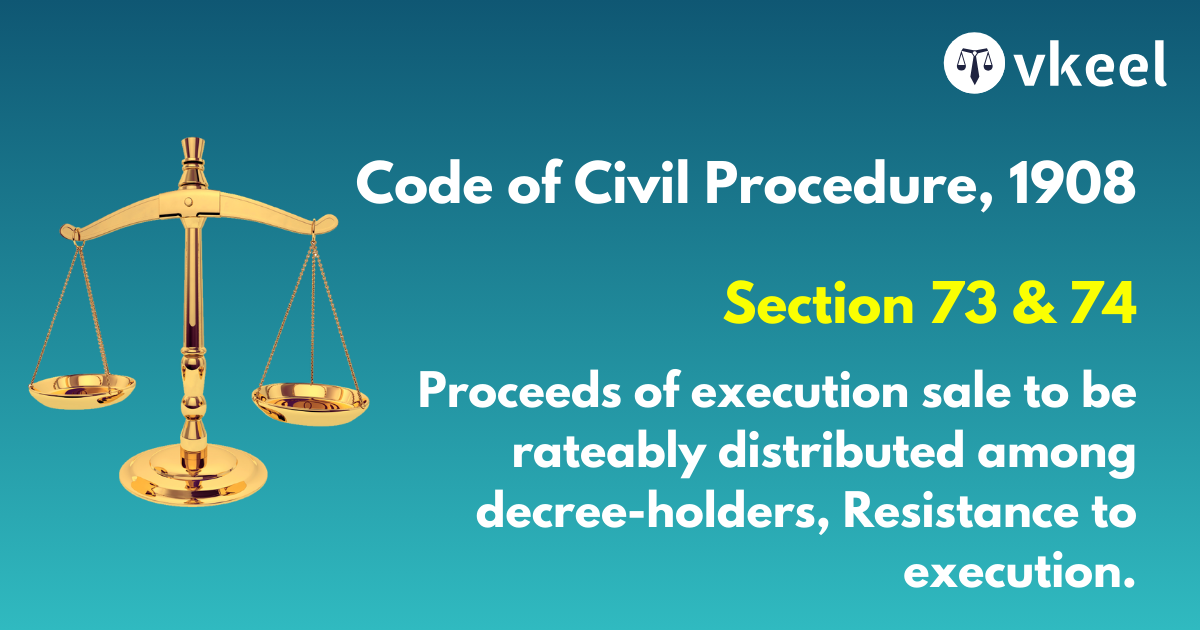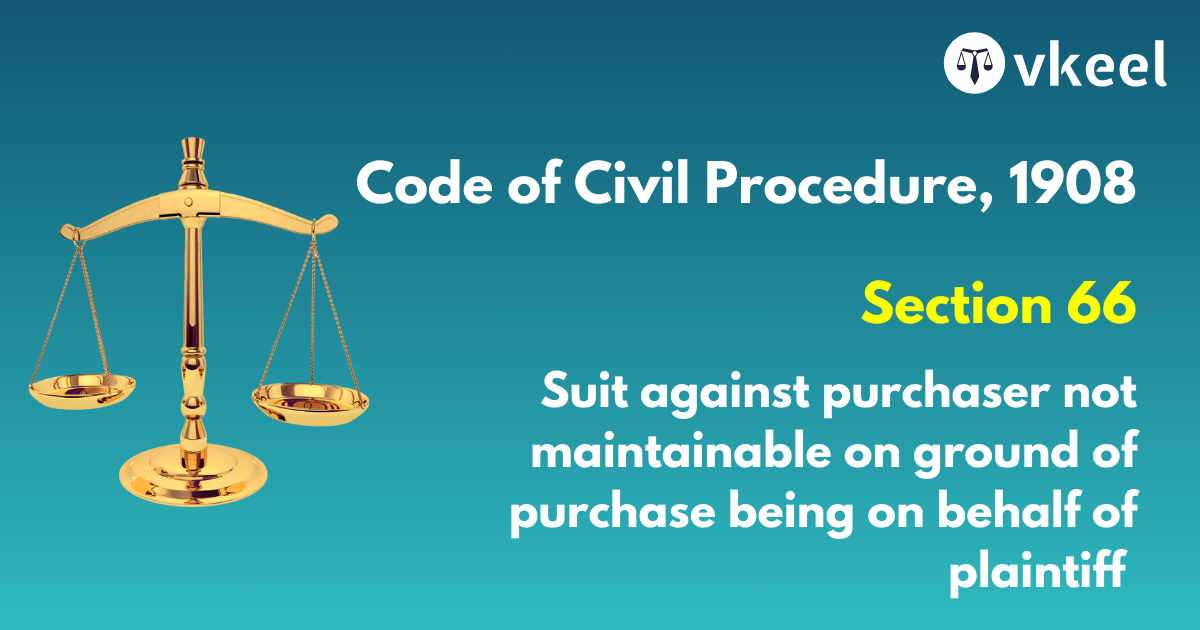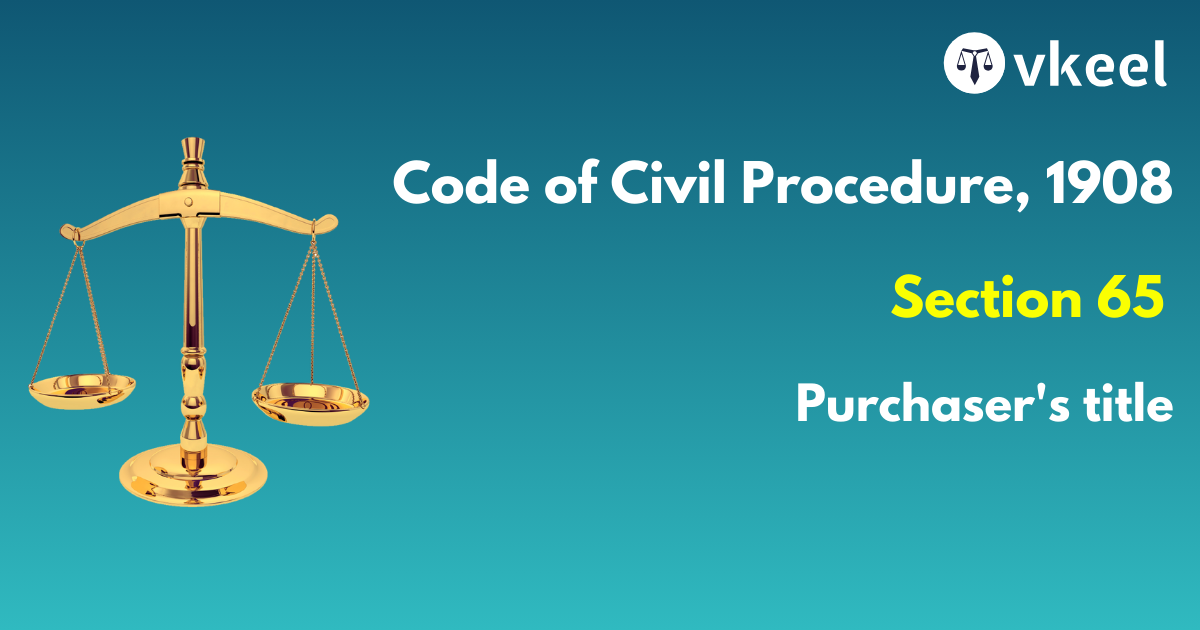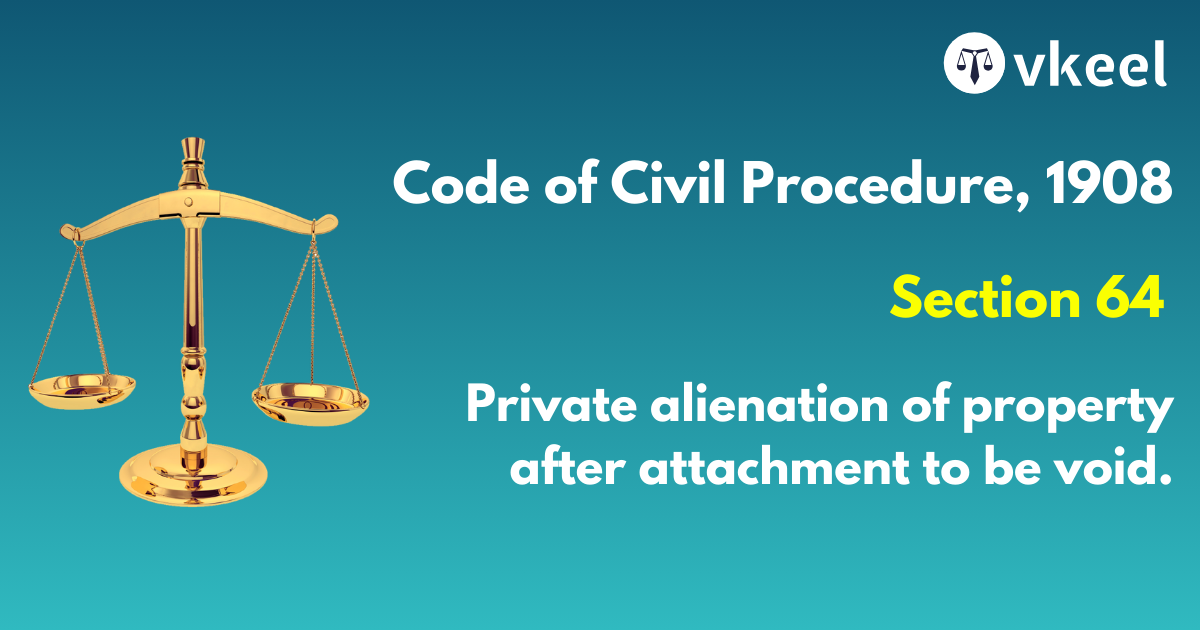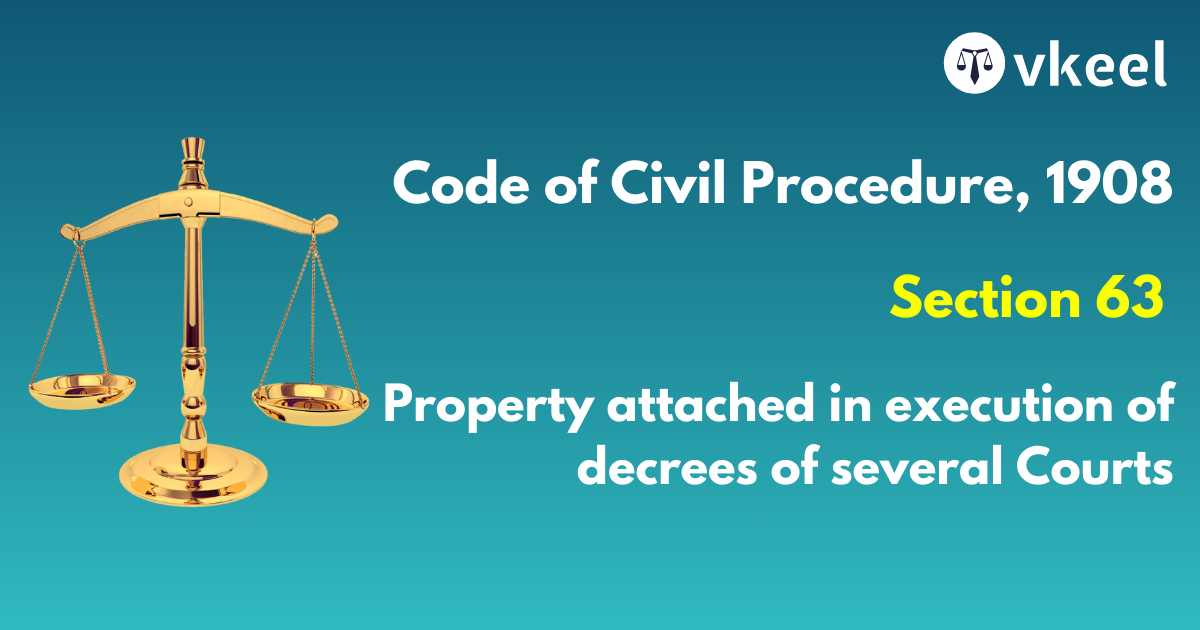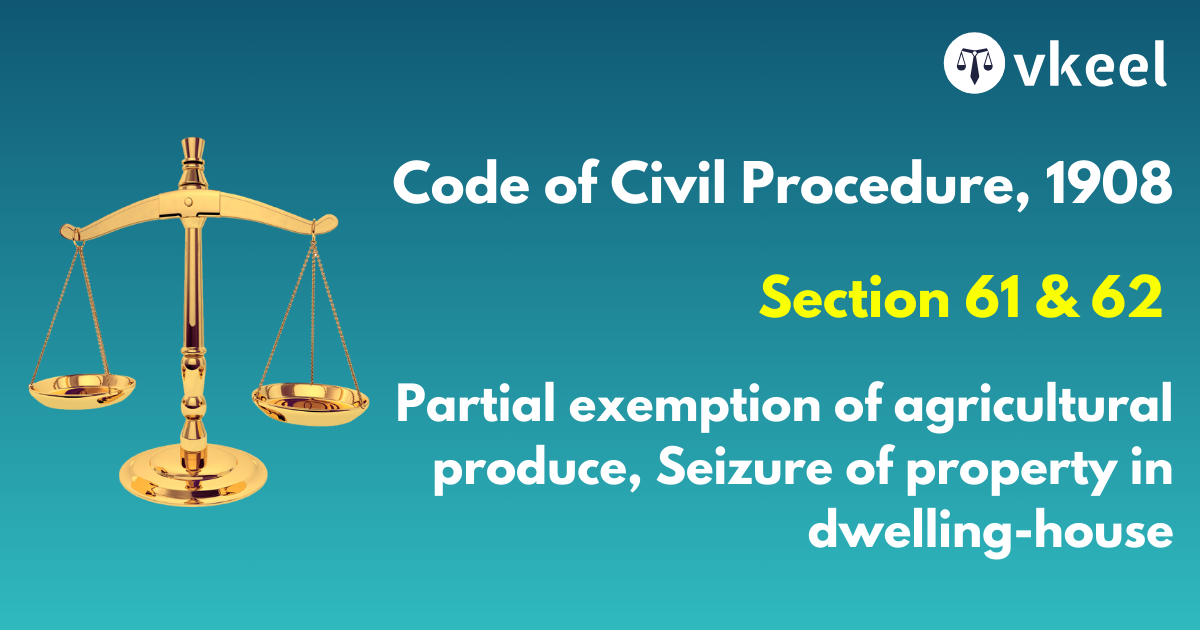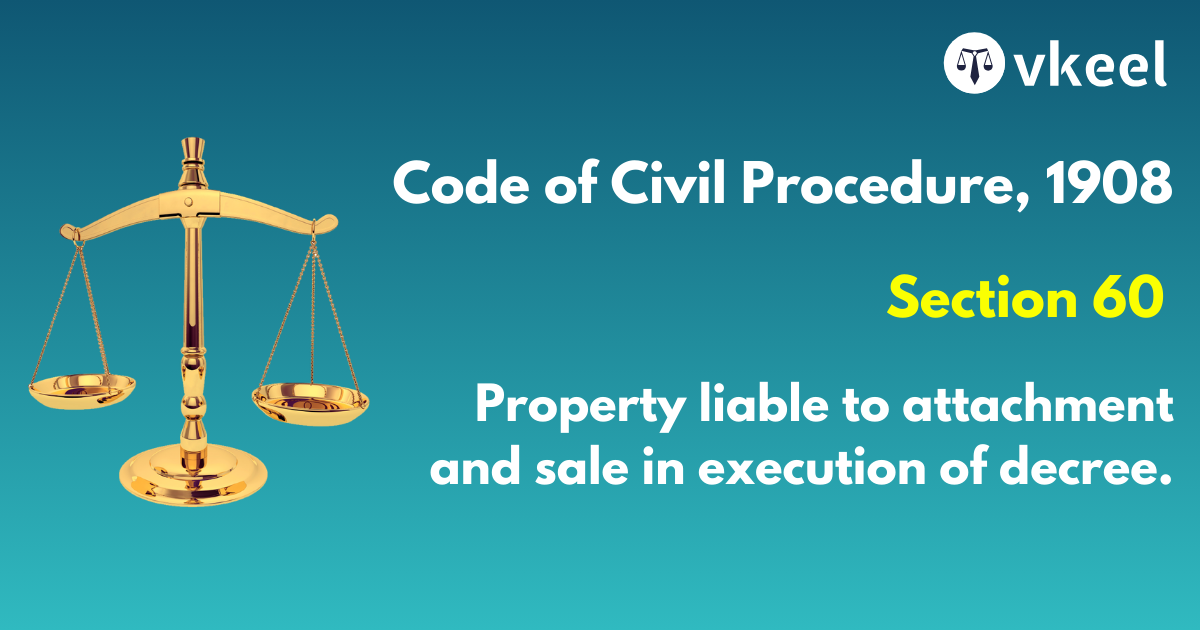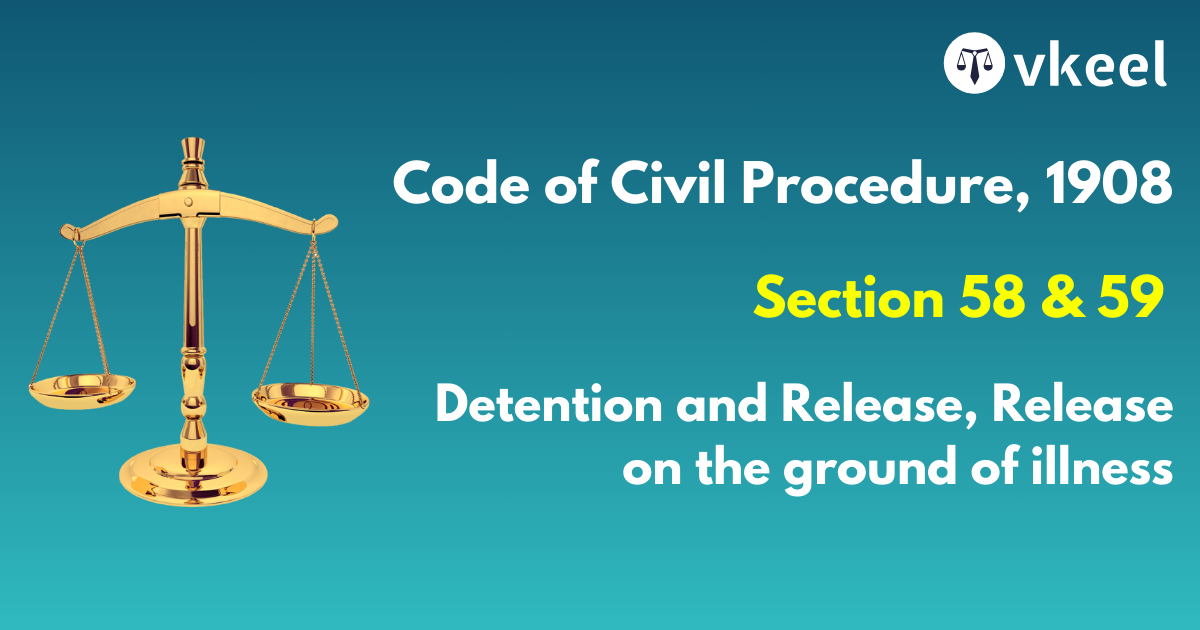Section 29 of Code of Civil Procedure,1908
By Joy Puri
Introduction
The Section 29 of the Code of Civil Procedure ordains about the summons which are served to the courts existing outside the territory of India.
The Section 29 further speaks about the courts in which the summonses are to be served, it opines that the courts which are not operated by the central government are to be served with the requisite summons.
Section 29 further enumerates the fiction of law, that the summonses so served are to be deemed as if they were summonses of the respective civil or revenue courts.
Section 29 of the Code of Civil Procedure,1908
Service of foreign summonses.
Summonses and other processes issued by
(a) any Civil or Revenue Court established in any part of India to which the provisions of this Code do not extend, or
(b) any Civil or Revenue Court established or continued by the authority of the Central Government outside India, or
(c) any other Civil or Revenue Court outside India to which the Central Government has, by notification in the Official Gazette, declared the provisions of this section to apply, may be sent to the Courts in the territories to which this Code extends, and served as if they were summonses issued by such Courts.
Objective of Issuing Summons
In the matter wherein the suit is filed by the plaintiff which is against the defendant whereby any sort of relief has been claimed by the plaintiff, in the antecedent scenario the defendant is given with the opportunity in regards to what he wants to speak against the plaintiff.
The serving of the summons to the respective parties thereby aligns the principle of natural justice termed “ Audi Alterm Partem”. The Latin maxim ordains the rule of fair hearing which opines that no one should be condemned unheard.
Landmark Judgements
Shivlal Motilal Vs Birdichand Jivraj and another, 1917
It must be remembered that it was only under O. 16, R. 4, of the Supreme Court Rules framed after the passing of the Judicature Act that it became permissible to join defendants alternatively liable in the same suit. That rule was reproduced in Section 29 of the CPC of 1882, and is now represented by O. 1, R. 3 of the CPC of 1908. S. 233 enacts substantive law, laying down who shall be held liable, and not adjective law, defining the procedure by which the liability may be enforced.
Municipal Corporation, Amritsar Vs Deputy Commissioner, Amritsar and others, 2017
Be that as it may, but the fact remains that the filing of resolution can always be corrected in view of the provisions of Section 29 of the Code of Civil Procedure. This aspect is required to be readdressed/revisited.
Contents of a Summon
The summons to be a valid one are to be consistent with the rules 5-8. The summon to be admissible in the court of law has to be equipped with a direction whether the date is fixed is for settlement of issues only or for final disposal of the suit.
The summons should be in accordance to the law therefore it must contain the order to the defendant to produce all documents or copies thereof in his possession orssss the power upon which he intends to rely on in support of his case.
Conclusion
Thereafter, to conclude the Section 29 of the Code of Civil Procedure, the provision creates a room for the smooth functioning of the international treaties and the international affairs stemming thereof.
Disclaimer:
The information provided in the article is for general informational purposes only, and is not intended to constitute legal advice or to be relied upon as a substitute for legal advice. Furthermore, any information contained in the article is not guaranteed to be current, complete or accurate. If you require legal advice or representation, you should contact an attorney or law firm directly. We are not responsible for any damages resulting from any reliance on the content of this website.

